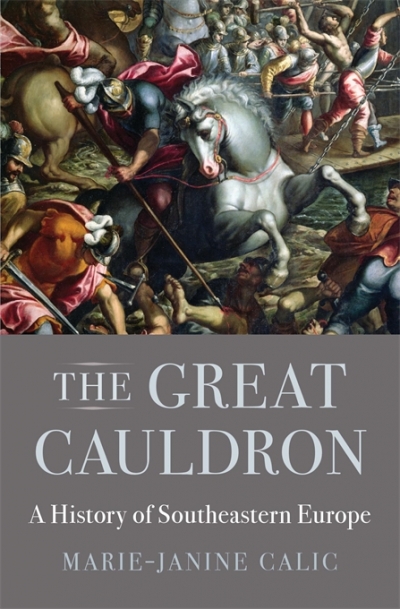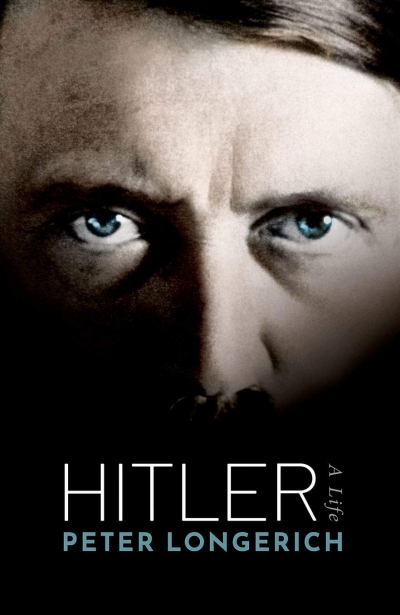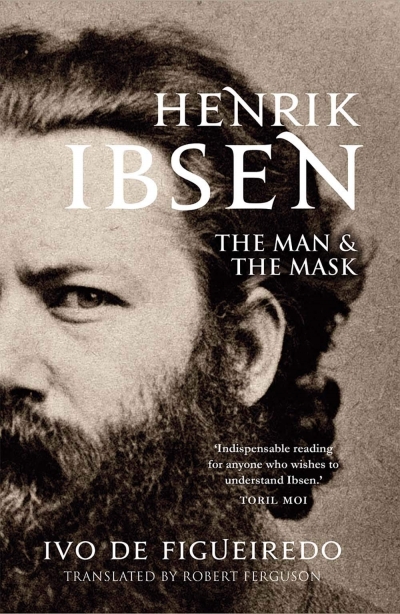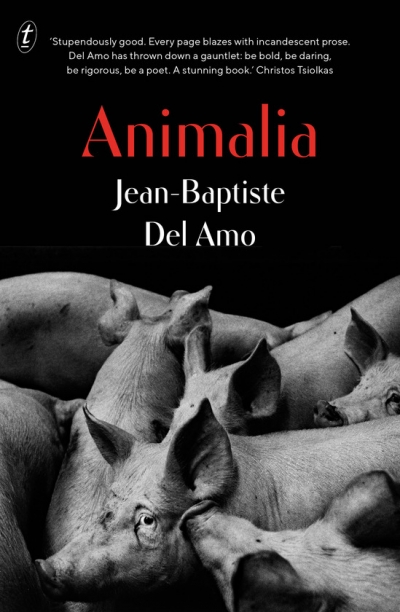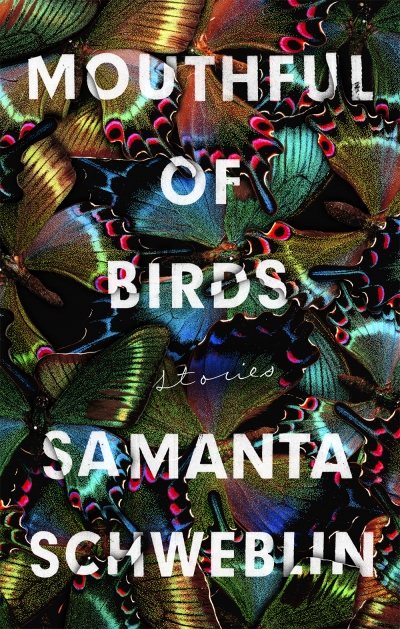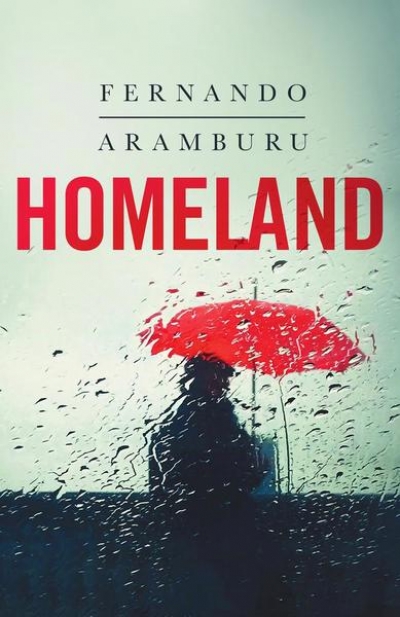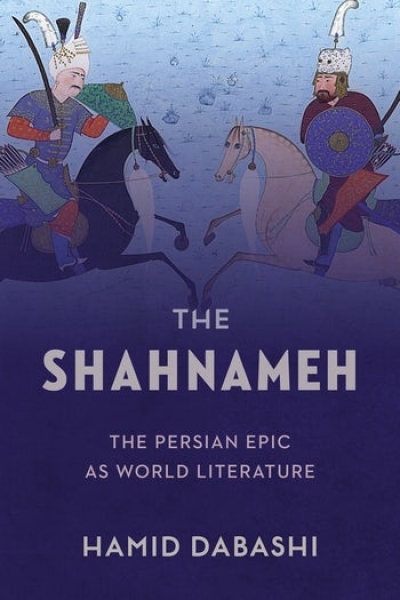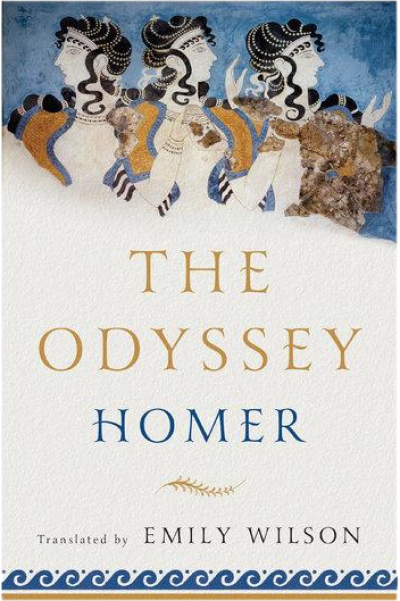Translations
The Great Cauldron: A history of southeastern Europe by Marie-Janine Calic, translated by Elizabeth Janik
South-eastern Europe is a region defined by ambiguity: with few clear geographic boundaries or consensus over its correct appellation, it is a palimpsest bearing the marks of Balkan, Roman, Byzantine, Venetian, Ottoman, and central European cultures. As the identities of the region’s inhabitants have shifted across the centuries, their position within the European ...
Hitler: A Life by Peter Longerich, translated by Jeremy Noakes and Lesley Sharpe
It’s a disconcerting image. Piercing blue eyes stare out at you from the cover of the book. It renders Adolf Hitler somehow human, which is the intent of the author, Peter Longerich, and which sets this biography apart from the many others that have preceded it. Two other notable biographers, Ian Kershaw and Joachim Fest, refused to engage with Hitler’s personal ...
Henrik Ibsen: The man and the mask by Ivo de Figueiredo, translated by Robert Ferguson
Promise Me You’ll Shoot Yourself: The mass suicides of ordinary Germans in 1945 by Florian Huber, translated by Imogen Taylor
Everyone knows about the final days of Adolf Hitler – his abject suicide in a clammy Berlin bunker. Many prominent Nazis followed suit, including the master propagandist Joseph Goebbels, who broadcast messages to the public espousing the virtue of death over defeat. His wife, Magdalena, wrote ...
... (read more)Animalia by Jean-Baptiste Del Amo, translated by Frank Wynne
If you’re squeamish, this book probably isn’t for you. Each page delivers shocking or mundane violence and descriptions of guts and gore so frank they become a kind of poetry. There is clear relish in Del Amo’s depictions, and there is nothing gratuitous about them; he brings us rivetingly close to each fold of decrepit skin, the agonies of labour ...
... (read more)Mouthful of Birds: Stories by Samanta Schweblin, translated by Megan McDowell
Despite seven years of expatriate life in Germany, the Argentine Samanta Schweblin’s writerly gaze, like that of Australia’s Peter Carey or Janette Turner Hospital, remains trained upon her homeland: ‘I write from outside, literally and in a literary sense. But always looking toward Argentina.’ Schweblin acknowledges a debt to the fantastic ...
... (read more)Homeland by Fernando Aramburu, translated by Alfred MacAdam
ETA, a terrorist group formed in the late 1950s, was predominantly active in the Basque Country. Its name is an acronym in Basque for ‘Euskadi Ta Askatasuna’, which means ‘Basque Country and Freedom’. Fernando Aramburu’s Homeland is not the first novel to deal with the decades of ETA’s terror ...
... (read more)The Shahnameh: The Persian epic as world literature by Hamid Dabashi
Not many peoples are able to read poems in their language written one thousand years ago, as Persian speakers in Iran, Afghanistan, and Tajikistan do today with Ferdowsi’s Shahnameh, meaning the ‘Book of Kings’. The Shahnameh is Iran’s national epic, a vast compilation of pre-Islamic Iranian myths, legends, and imperial history ...
... (read more)The word indicible appears frequently in the work of French author Annie Ernaux. In English, it means ‘inexpressible’ or ‘unspeakable’. Yet saying the unsayable – or rather, exploring the crevice between what is discussed openly and the inexpressible within – is where Ernaux excels ...
... (read more)The Odyssey by by Homer, translated by Emily Wilson & The Iliad: A new translation by by Homer, translated by Peter Green
For as long as I have studied Classics, first as a high-school student, later as an undergraduate and PhD student, and now as a professor, I have carried Homer’s poems close to me. The Iliad and, to a slightly lesser extent, the Odyssey are my touchstones. All that needs to be known can be found in them. I have taught them for more years than I care to remember. I still cry at certain parts. I see them, feel them, hear them. But I have never published a single article, chapter, or anything resembling scholarly criticism on them. They defy me. To contemplate translating them is so alien to me that I instantly admire any Classicist who has been brave enough to take on such a herculean task.
... (read more)

